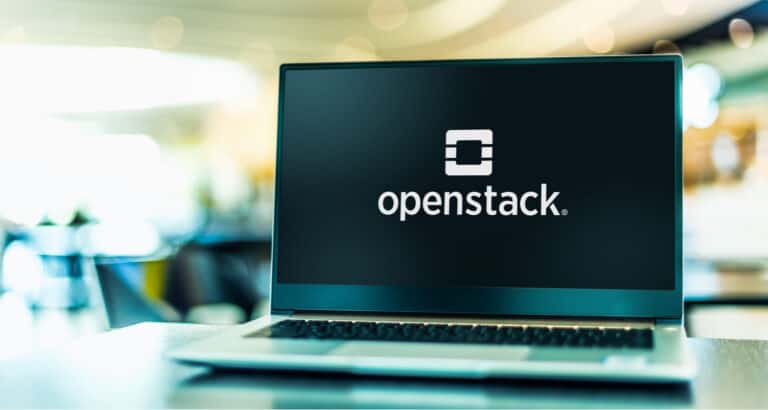Zed consists of 15,500 changes, by 710 contributors from 140 organizations across 44 countries. A successor to the Yoga version released earlier this year, Zed again sees the necessary emphasis on hardware enablement. In addition, security is also an important focus area.
With Zed, OpenStack has arrived at the 26th and final letter of the alphabet. Things are still moving forward. Kendall Nelson, senior upstream developer advocate for the OpenInfra Foundation reveals that one year after tapping 25 million active cores, OpenStack is already past 40 million. As usual, much of this will be accounted for by telcos. After all, 90 percent of all telcos are running OpenStack. However, we also see other parties doing more. Consider Nvidia, Blizzard Entertainment and the BBC. Contributions to OpenStack from these types of parties are also increasing. Nelson gives Nvidia as an example here. They made 20 percent more contributions last year than last year.
Hardware enablement further expanded
One of the important trends in OpenStack of late is a greater emphasis on hardware support. This was also the case in OpenStack Yoga, as already indicated above. In Yoga it was about adding support for so-called SmartNIC DPUs (Data Processing Units), among other things. SmartNICs are network interface cards that you can program to optimize the processing of network traffic. For example, you can choose not to include certain protocols in order to have less overhead and thus be able to process more network traffic. It goes without saying that OpenStack must also be able to handle this well, as SmartNICs are becoming increasingly popular. Within Neutron and Nova, it is now possible to create network ports that you can plug directly into SmartNICs.
In Zed, we see that new back-end drivers for Cinder have been added. These include DataCore iSCSI and FC, Dell PowerStore NFS, Yadro Tatlin Unified iSCSI, Dell PowerStore NVMe-TCP and Pure Storage NVMe-RoCE storage drivers. There are also new drivers for Cyborg, a management framework for accelerators such as GPU, FPGA, ASIC, NP, SoCs, NVMe/NOF SSDs, ODP, DPDK/SPDK. Specifically, OpenStack talks about den Xilinx FPGA driver with which you can thus manage Xilinx FPGAs. In addition, Multi-Instance GPU (MIG) is a new feature in Cyborg. This makes it possible to provide Nvidia Ampere GPUs with secure partitions. A final addition that stands out was made to OpenStack Nova, which allows you to provision virtual machines. It is now possible to create and attach virtual IOMMU (Input-Output Memory Management Unit) devices to an instance running on an x86 host.
Also more security
Besides an expansion in terms of hardware support, OpenStack Zed also offers some important new features in terms of security. Within Cinder, we see that Block Storage API microversion 3.70 makes it possible for users to move volumes equipped with encryption between projects. Previously, this was not possible. All snapshots associated with such a volume also move with it. Further OAuth 2.0 support has been added within Keystone.
Back to the beginning (of the alphabet)
Now that we have come to the end of the alphabet, the question of course is how to proceed with naming. As we managed to tell you in our article on OpenStack Yoga, the OpenInfra Foundation is simply going back to A starting next year. From then on, the release year will also be incorporated into the name. The 27th release of OpenStack will go through life as OpenStack 2023.1 Antelope.
By the way, starting next year, the releases will also follow the so-called tick-tock model, which many of you no doubt know from how Intel used to do this with their processor architectures. That is, it will be alternating between major and minor releases. That should allow organizations to upgrade only at the big tick releases and thus do so only once a year. By the way, the OpenInfra Foundation is not talking about tick-tock, but SLURP. This stands for Skip Level Upgrade Release Process. It means that every second release is a SLURP. If you want to upgrade every six months, you grab both the SLURP and the “not-SLURP” release. If you want to upgrade only once a year, then you take only the SLURP releases.
